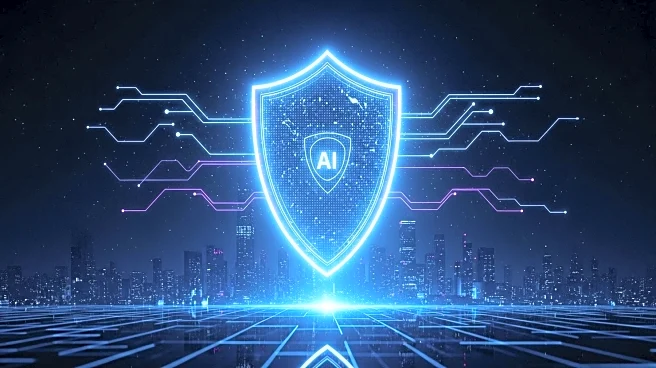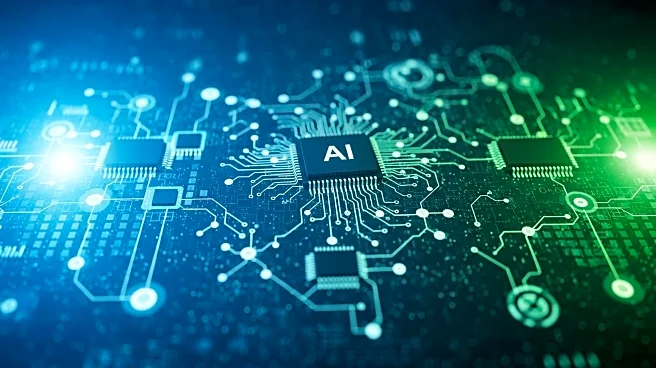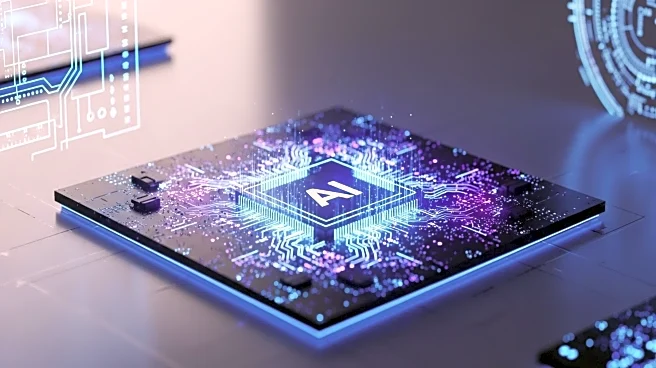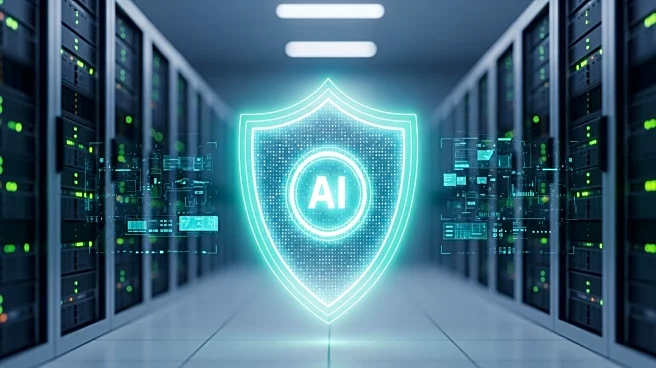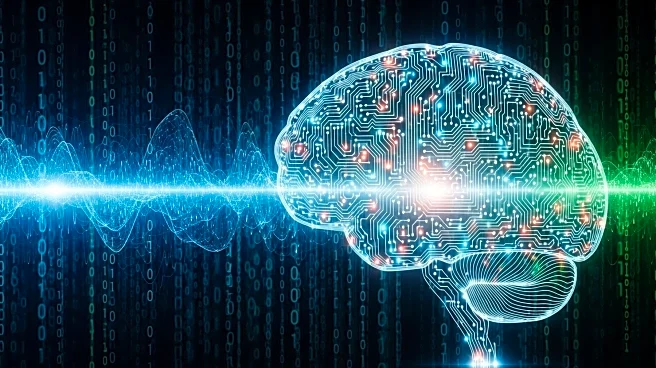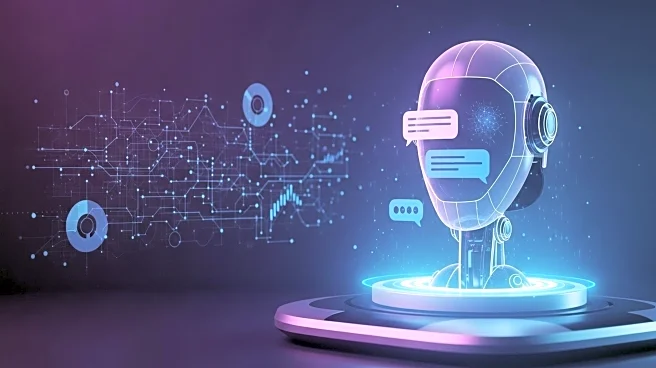What's Happening?
The cybersecurity landscape is undergoing a significant transformation with the rise of artificial intelligence (AI). Traditional cybersecurity measures, which relied on human-paced responses, are being challenged by AI agents operating at machine speed. Historical attacks like the Blaster worm and Stuxnet were managed through human intervention, but modern threats such as LameHug, attributed to APT28, utilize AI to autonomously generate commands and adapt in real-time. This shift marks a departure from human adversaries to autonomous agents, necessitating new defense strategies. AI-driven threats are characterized by mass scanning, autonomous exploitation, and polymorphic intrusions, which render traditional pattern-matching ineffective.
Why It's Important?
The implications of AI-driven cybersecurity threats are profound for industries, governments, and society at large. The democratization of elite capabilities, once exclusive to nation-states, poses a significant risk as AI tools become accessible to a wider range of actors. Enterprises face increased security debt due to AI-generated code vulnerabilities, while traditional Security Operations Centers struggle to keep pace with machine-speed attacks. The need for AI-native security solutions is critical, as they offer potential countermeasures through advanced threat detection, autonomous response, and deception technologies. However, the effectiveness of these solutions depends on overcoming challenges such as data gaps and trust issues in autonomous systems.
What's Next?
The future of cybersecurity will likely involve a new doctrine focused on fortifying critical systems, intelligent automation, and embracing autonomous defense. Organizations must prioritize resilience over feature velocity and elevate human experts to strategic roles. Building trust in AI-driven defenses is essential, requiring governance models that allow for rapid decision-making without human supervision. As AI tools continue to evolve, leaders must adapt to these changes and invest in new security measures to prevent sudden failures.
Beyond the Headlines
The ethical and governance challenges posed by AI in cybersecurity are significant. Organizations must balance the need for rapid response with the risk of false positives and business disruptions. The psychological leap required to trust machines with high-stakes decisions is a major barrier to adoption. Additionally, the open-sourcing of AI tools and the vulnerabilities in AI-generated code highlight the need for continuous investment in security and resilience.


